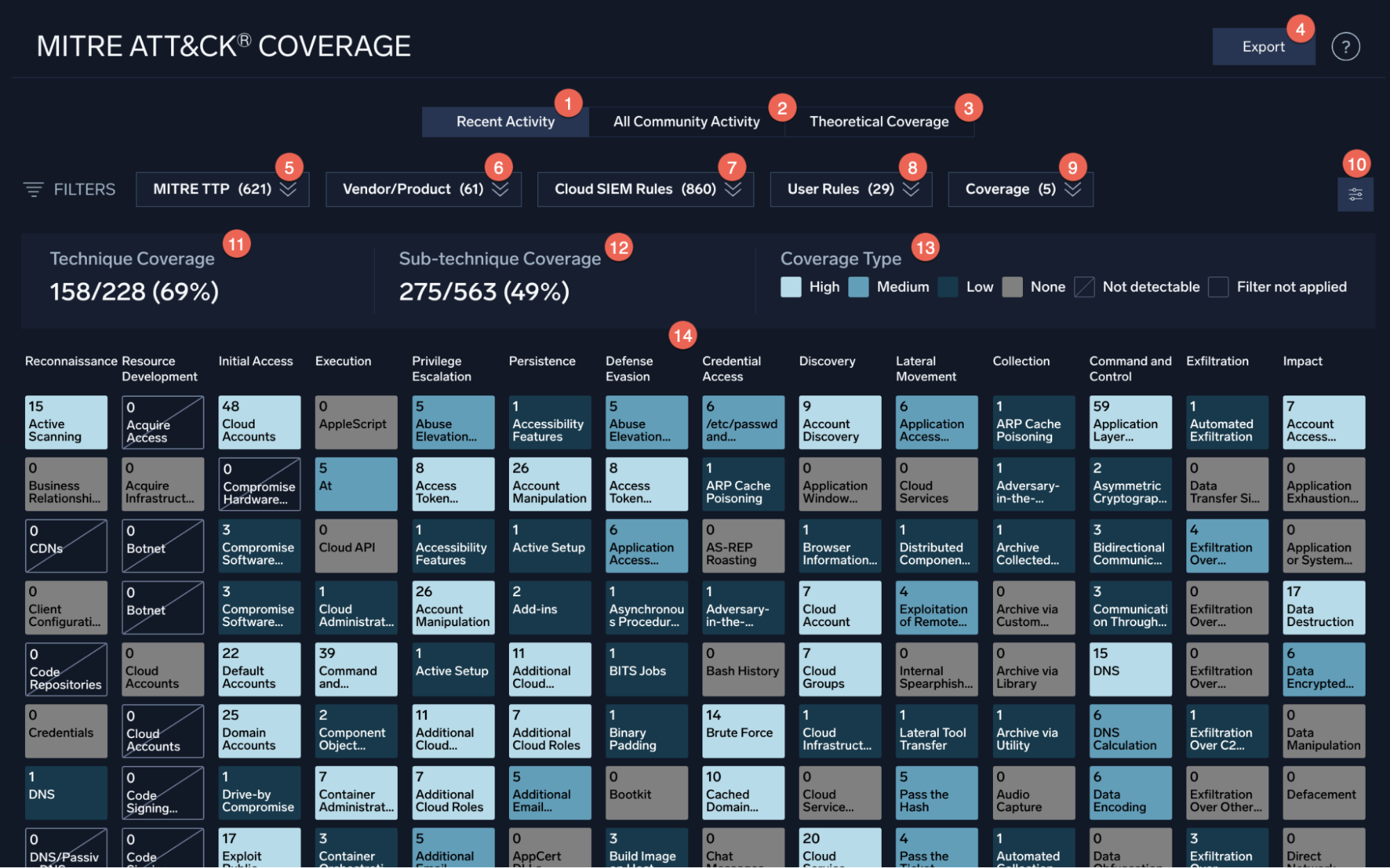The alert goes off at 2:17 p.m.
You count yourself lucky that this one’s in the afternoon, not morning. You drop what you’re doing, open the console, and start digging in.
Oh, a significant spike in outbound traffic from a Kubernetes node. A privileged service account authenticating from an unfamiliar IP. Hmm, some DNS requests look… odd, but not that odd. You pivot through dashboards, trace the source in your SIEM, check cloud logs, query identity data, and even pull container logs. Nothing definitive. No confirmed breach. No clear story is emerging.
Was it a misconfigured workload? A developer testing a deployment script? A legitimate automation job or the first step of lateral movement by someone already inside? The indicators blur together until you can’t tell if you’ve caught an attack in progress or another false positive in a sea of noise.
Twenty minutes later, you close the ticket with the same note as the last one: “Monitoring.”
Imagine doing that fifty times daily. The backlog grows as threats move through the network using valid credentials, blending in with legitimate activity, leaving ambiguous traces. Many security teams face a harsh reality: traditional detection systems catch known threats such as signature exploits, anomalies, and documented indicators. But attackers now mimic user behavior, hijack processes, and pivot beyond correlation rules, flooding alerts with few meaningful ones. Analysts are overwhelmed chasing false alarms while real threats go unnoticed.
Security shouldn’t just be about stopping the bad, but understanding how the bad actually happens. Enter the MITRE ATT&CK framework. Built from years of real-world threat research, it offers a living map of how adversaries operate, move laterally, and exploit systems step by step. And when paired with a modern analytics platform, it turns that understanding into actionable visibility by showing exactly where your defenses are strong and, by contrast, where they may be weak.
This article explains how MITRE ATT&CK shifts threat detection from reactive to proactive, how modern analytics platforms support this, and shares best practices for developing adaptive detection logic.
The ATT&CK Framework
Most security frameworks start with what went wrong after the fact. MITRE ATT&CK begins with how things go wrong in the first place.
Developed by the nonprofit MITRE Corporation, ATT&CK (Adversarial Tactics, Techniques, and Common Knowledge) is a living knowledge base of real-world attacker behavior. Each entry in the ATT&CK Matrix maps tactics (the why) and techniques (the how) that adversaries use across different stages of an intrusion.
Instead of focusing on malware signatures or static indicators, it emphasizes observable behavior, attacker tactics like gaining access, escalating privileges, lateral movement, or data exfiltration. It’s a structured playbook covering phishing, credential dumping, command-and-control, linked to threat groups and campaigns.
For instance, the framework details how APT29 (Cozy Bear), a threat group tied to multiple espionage operations, frequently abuses legitimate credentials to blend into regular network traffic. By mapping detections to those same techniques, teams can uncover blind spots that purely signature-based tools miss.
This behavioral model helps security and engineering teams speak a shared language. A SOC analyst investigating a PowerShell command might tag it as T1059.001 (Command and Scripting Interpreter: PowerShell), while a cloud engineer reviewing IAM logs might reference T1078 (Valid Accounts). Each technique includes definitions, detection ideas, and references to confirmed incidents, making ATT&CK as practical for detection engineering as it is for incident response.
ATT&CK’s strength lies in its ongoing evolution, incorporating recent threat intelligence, observations, and community input to reflect current attacker behavior. Engineers should follow the principle: Log what matters, detect observable actions, and verify assumptions against real adversary behavior.
Real-world ATT&CK
Today, every major security platform claims “MITRE ATT&CK integration”: Splunk, Microsoft Sentinel, Palo Alto Networks, Sumo Logic, and Check Point. They all offer dashboards mapping detections to ATT&CK tactics and techniques. But not all dashboards are equal. Some provide only surface-level, color-coded matrices that look impressive but don’t show what’s detectable in your environment. Others display only one or two data sources, leaving visibility gaps. Few help compare coverage to real-world tactics. That’s where a modern analytics platform can help.
For this article, we’ll use Sumo Logic’s Threat Coverage Explorer as an example of the kind of tool you can use to map detections to ATT&CK techniques. Rather than only displaying an ATT&CK matrix, it connects the dots between your real detection rules and the techniques they map to. It analyzes your security content, including correlation rules, log patterns, and detections-as-code. And it builds a visual model of your defensive coverage across all ATT&CK tactics and techniques across all this content.
By combining the right tool with ATT&Ck, you can:
- See which ATT&CK techniques you can actually detect. Instead of relying on vendor defaults, you can evaluate your detections and map them to relevant ATT&CK TTPs. You see where you have visibility and where you don’t.
- Perform gap analysis and peer comparison. You can benchmark your coverage against industry peers at both technique and technology levels. Are your detections strong on credential access (TA0006) but weak on lateral movement (TA0008)? You’ll see it immediately.
- Tag custom rules with ATT&CK techniques. Detection engineers can label correlation rules with specific ATT&CK IDs like T1055 for Process Injection or T1552.001 for Unsecured Credentials in Files, enabling your content library to map to the framework automatically. This simplifies documenting, testing, and maintaining coverage as attacker behavior evolves.
- Visualize coverage at a glance. You can see a heatmap that shows which techniques are fully, partially, or not covered. You can drill down from tactic summaries to rules, events, and data sources. It’s more than a dashboard—it’s an actionable view of your detection maturity.
This approach transforms ATT&CK from a theoretical framework into a living operational map. Imagine a scenario in which your logs capture credential misuse (T1078) but miss persistence mechanisms such as scheduled tasks (T1053). It exposes that blind spot before an attacker can exploit it. And because it updates dynamically as your rules or content evolve, it becomes part of your continuous detection engineering workflow rather than a one-time assessment. In the same way DevOps teams rely on observability metrics to measure system health, modern SecOps teams can now measure detection health.

Using ATT&CK for a Better SecOps
The real power of MITRE ATT&CK isn’t in its taxonomy. At its core, the ATT&CK taxonomy is a schema for adversarial behavior. Each tactic is like a stage in an attacker’s workflow, while each technique describes the specific implementation of that step. It’s a structure of how attacks unfold, grounded in empirical evidence from real intrusions rather than theoretical models. This taxonomy enables a shift from reactive firefighting to proactive defense.
Many organizations spend their days chasing alerts. Every detection is treated as an isolated event instead of a step in a larger narrative. ATT&CK flips that mindset. By mapping activity to known adversarial tactics and techniques, teams start thinking like attackers and thereby anticipating what comes next instead of waiting for another alert to tell them.
When combined with the right tool, this mindset becomes operational. You can test hypotheses (“If an attacker gained initial access through phishing, would we see their lateral movement?”), validate detection logic, and continuously measure improvements over time. Again, the goal isn’t about collecting more data for its own sake; it’s about collecting the correct data and understanding what it tells you in context.
Because ATT&CK evolves as adversaries do, your detection logic can grow too. New techniques emerge in the framework as they’re observed in the wild, giving engineers a head start on updating correlation rules, dashboards, and automation playbooks before those tactics appear in production environments.
Proactive security is a process, not a steady-state. With ATT&CK as your blueprint and the right tool as your lens, your team can move from reacting to alerts toward anticipating attacker behavior. That’s the difference between being surprised by a breach and detecting it before it becomes one.
MITRE ATT&CK is Your Blueprint
Security isn’t about building taller walls; it’s about understanding how attackers move within them. The next time that 2:17 p.m. alert fires, it doesn’t have to end with “Monitoring.” The MITRE ATT&CK framework works because it’s grounded in how real adversaries think and operate.
With MITRE ATT&CK as your blueprint and the right tool as your lens, those same signals become context, not chaos. You’ll know which behaviors matter, where your defenses stand, and how to strengthen them before attackers can adapt. Together, they transform security from reactive noise management into a cycle of continuous learning and proactive defense, which is why ATT&CK continues to work in practice, not just in theory.
Have a really great day!












